Goethes Faust and Cultural Memory
Goethes Faust and Cultural Memory
Comparatist Interfaces
Lorna Fitzsimmons
LEHIGH UNIVERSITY PRESS
Bethlehem
Published by Lehigh University Press
Co-published with The Rowman & Littlefield Publishing Group, Inc.
4501 Forbes Boulevard, Suite 200, Lanham, Maryland 20706
www.rowman.com
10 Thornbury Road, Plymouth PL6 7PP, United Kingdom
Copyright 2012 by The Rowman & Littlefield Publishing Group, Inc.
All rights reserved. No part of this book may be reproduced in any form or by any electronic or mechanical means, including information storage and retrieval systems, without written permission from the publisher, except by a reviewer who may quote passages in a review.
British Library Cataloguing in Publication Information Available
Library of Congress Cataloging-in-Publication Data
Fitzsimmons, Lorna, 1957
Goethes Faust and cultural memory : comparatist interfaces / Lorna Fitzsimmons.
p. cm.
Includes bibliographical references and index.
ISBN 978-1-61146-122-0 (cloth : alk. paper)ISBN 978-1-61146-123-7 (electronic)
1. Faust, d. ca. 1540Appreciation. 2. Faust, d. ca. 1540Adaptations. 3. Faust, d. ca. 1540In literature. I. Title.
PN6071.F33F58 2012
809.93351dc23 2012012407
 The paper used in this publication meets the minimum requirements of American National Standard for Information SciencesPermanence of Paper for Printed Library Materials, ANSI/NISO Z39.48-1992.
The paper used in this publication meets the minimum requirements of American National Standard for Information SciencesPermanence of Paper for Printed Library Materials, ANSI/NISO Z39.48-1992.
Printed in the United States of America
Introduction
Magian Mnemotechny
Lorna Fitzsimmons
what has disappeared becomes reality.
(Und was verschwand wird mir zu Wirklichkeiten.)
During the present era of apparent globalization and transnationalism, the memory of the magus Faustus returns, out of the labyrinthine past, its seasoned imaginings still engaging. Rooted in the turbulence of sixteenth-century German society, the counterintuitive figure of the iconoclastic savant has a lengthy history of periodic disappearances and revivals, as if journeying to hell, in Karl Shapiros verse, only to reappear with a persistence that bespeaks its utility. During the Romantic era, Goethes masterwork Faust (1808, 1832) arose to become the canonic treatment of the legend in the modern era.
This book takes both a canonic and archival approach to Goethes Faust in studies of adaptations, performances, appropriations, sources, and the translation of the drama contextualized within cultural environments ranging from Gnosticism to artificial intelligence. Its focus is upon forms of Goethean transtextual interplay, including artificial memory, as mnemonic environments. The titular concept of interface has broad resonance within contemporary intertextual studies, cultural studies, linguistics, and computer science in reference to loci of interaction. The term serves here to designate the comparatist approach to Goethes Faust by which this book relates the drama to anterior and posterior mnemonic spaces.
The concept of magian mnemotechny encapsulates the mnemonic role of Goethes canonic work as a fulcral matrix of cultural memory and a paradigm for artificial intelligence. Interest in mnemotechny, the ancient art of memory, has undergone a revival within contemporary memory studies, an interdisciplinary field bridging the sciences and humanities. Cultural memory scholarship, increasingly prominent since the 1980s, draws on Maurice Halbwachs studies of mmoire collective in engaging the social mediation of memory. Collective memory, in Halbwachs work, does not preserve the past but reconstructs it with the aid of material traces, rites, texts, and traditions left behind by the past, and with the aid, moreover, of recent psychological and social data, that is to say, with the present. Jan Assmann defines the concept of cultural memory as comprising that body of reusable texts, images, and rituals specific to each society in each epoch, whose cultivation serves to stabilize and convey that societys self-image. As Patrick Greaney observes, however, memory can also be an alienating and productive force[m]emory estranges, creating an alienating discontinuity. Recognizing the contested status of the concept, Astrid Erll suggests a broad definition of cultural memory as the interplay of present and past in socio-cultural contexts.
Within recent memory studies, Renate Lachmanns theory of intertextuality provides an insightful framework for understanding literature as cultures memory. Lachmann suggests that literature is the mnemonic art par excellence. Literature supplies the memory for a culture and records such a memory. It is itself an act of memory. Literature inscribes itself in a memory space made up of texts, and it sketches out a memory space into which earlier texts are gradually absorbed and transformed. Marvin Carlson similarly suggests that every play is a memory playthe theater is the repository of cultural memory, which, like the memory of each individual... is also subject to continual adjustment and modifications as the memory is recalled in new circumstances and contexts. The magian mnemotechny of which Goethes Faust remains the canonic exemplar of our era is architecturally voluminous in being both a rich repository of memories from the distant past and a polyphonic interface for the negotiation of modernity. The Spenglerian figure of the Faustian as limitless space anticipates the sense of intercultural sublimity encountered at the Goethean interface, reaching back to antiquity (chapter 2) and forward to research on artificial intelligence (chapter 9).
To conceive of Goethes Faust as a form of cultural mnemotechny points to the dramas function as a means, both external and internal, by which memories are reconstructed and negotiated and new information processed. Whilst signs of external mnemonics, such as wood or bone inscriptions, have been traced to the Upper Paleolithic period, evidence of cultivated mnemonics descends from the Greeks. Writings such as Dialexeis (c. 400 BCE) provide a record of how the Greeks developed memory by way of internal mnemonicscognitive strategies that enhance the initial processing of information.
A great and beautiful invention is memory, always useful both for learning and for life.
This is the first thing: if you pay attention (direct your mind), the judgment will better perceive the things going through it (the mind).
Secondly, repeat again what you hear: for by often hearing and saying the same things, what you have learned comes complete into your memory.
Thirdly, what you hear, place on what you know. For example, Chrysippus is to be remembered; we place it on gold and horse . Another example: we place glow-worm on fire and shine . So much for names. For things (do) thus: for courage (place it) on Mars and Achilles; for metal-working, on Vulcan; for cowardice, on Epeus.
The strategies enumerated by the ancients anticipate in some respects the stress upon the interdependence of encoding, storage, and retrieval processes in contemporary mnemonology. As Frances A. Yates perceives, in the example above, the images for words are formed from primitive etymological dissection of the word. In the examples given of images for things, the things virtue and vice are represented (valour, cowardice), also an art (metallurgy). They are deposited in memory with images of gods and men (Mars, Achilles, Vulcan, Epeus).
In a well-known passage from Ciceros De oratore , the invention of mnemotechny is attributed to the poet Simonides, who is said to have been able to identify the guests of a banquet after their faces were rendered unrecognizable:
The story goes that Simonides was enabled by his recollection of the place in which each of them had been reclining at table to identify them for separate interment; and that this circumstance suggested to him the discovery of the truth that the best aid to clearness of memory consists of orderly arrangement. He inferred that persons desiring to train this faculty must select localities and form mental images of the facts they wish to remember and store those images in the localities, with the result that the arrangement of the localities will preserve the order of the facts, and the images of the facts will designate the facts themselves, and we shall employ the localities and images respectively as a wax writing tablet and the letters written on it.


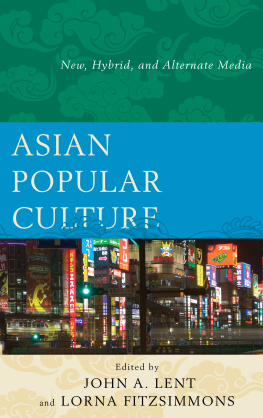


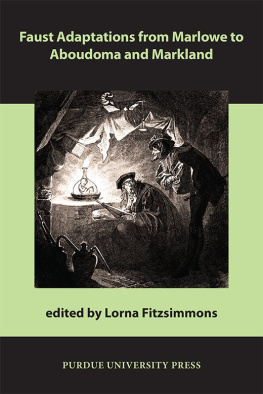

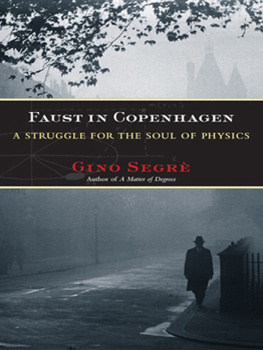
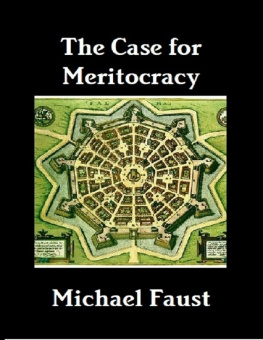
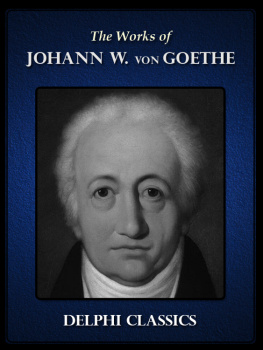
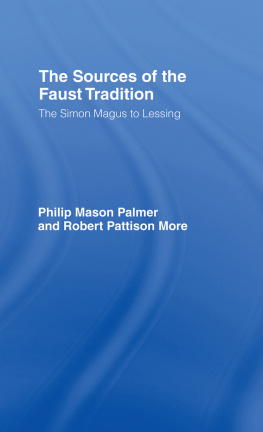

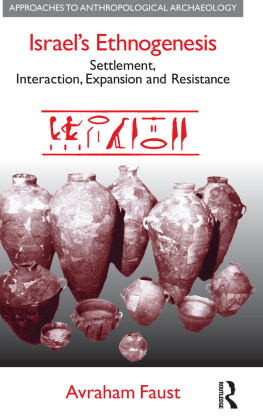
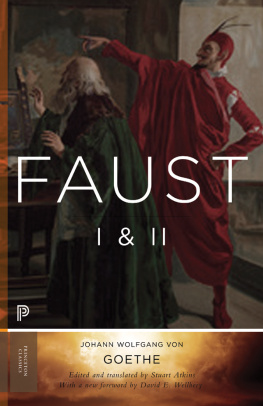
 The paper used in this publication meets the minimum requirements of American National Standard for Information SciencesPermanence of Paper for Printed Library Materials, ANSI/NISO Z39.48-1992.
The paper used in this publication meets the minimum requirements of American National Standard for Information SciencesPermanence of Paper for Printed Library Materials, ANSI/NISO Z39.48-1992.